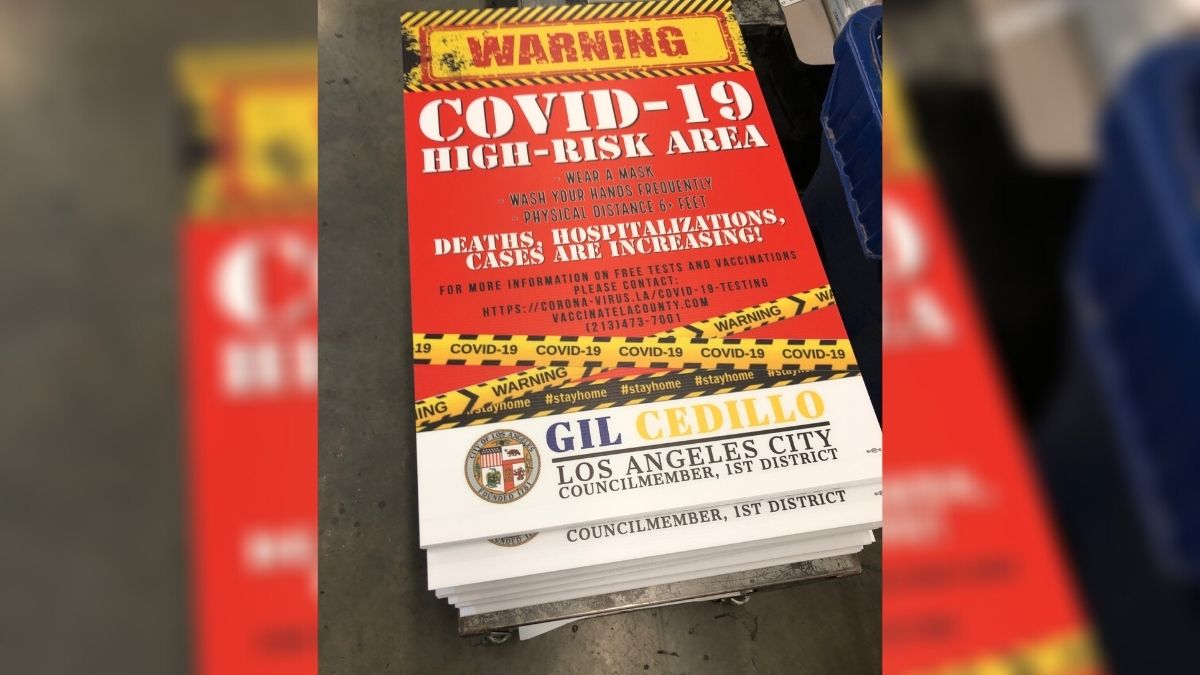
What to Know
- The USC Dornsife Understanding Coronavirus in America Study found that 67% of Los Angeles County residents are likely to wear face masks when in contact with people from other households.
- The study also found that 63% wear face masks while exercising outside, compared with the national average of 22%.
- The study also found four in 10 Americans visited someone else's home, with just 21% of them wearing a mask most or all of the time they were together.
Three out of 10 Los Angeles County residents and nearly half of adults in the U.S. don't wear protective face masks when they are in close contact with people who live outside their households, according to findings released Thursday of an ongoing study by researchers at USC.
The USC Dornsife Understanding Coronavirus in America Study found that 67% of Los Angeles County residents are likely to wear face masks when in contact with people from other households, and that 63% wear face masks while exercising outside, compared with the national average of 22%.
Los Angeles County residents were also less likely to come into contact with people outside of their households, according to researchers.
The study found that 83% of U.S. adults view wearing a mask as an effective way to stay safe from COVID-19, but that two-thirds of Americans reported being less than six feet from people outside their household in early December and that only 51% said they always or mostly wore a mask while doing so, researchers said.
"Despite L.A.'s soaring infection rates, it is clear from our data that Angelenos are more willing to wear a mask than people in other parts of the country on average,'' said Kyla Thomas, a sociologist with the USC Dornsife Center for Economic and Social Research. "Still, rates of mask-wearing are far from where they need to be in L.A. to slow the spread of the virus, especially among those who are young, white or socially active.''
The study also found that:
- white people were the least likely to consistently -- always or most of the time -- wear a mask (46%) while in close contact with people from other households, compared to 67% of Blacks, 63% of Latinos and 65% of people of other races;
- 57% of people in urban areas reported wearing a mask always or most of the time while close to people outside their household compared with 52% of people in suburban locales and 42% of people in rural areas
- four in 10 Americans visited someone else's home, with just 21% of them wearing a mask most or all of the time they were together
- 14% of Americans gathered in groups of 10 or more people, with only 46% wearing a mask most or all of the time they were together.
- 81% of people shopped for groceries in early December, and 90% of them wore a mask.
"These findings indicate a need to redouble efforts to convey consistent messages about the overall importance of wearing masks, but more than that -- where and when to wear them,'' said Arie Kapteyn, director of the USC Dornsife Center for Economic and Social Research.
Too many seem to lack a clear understanding of the risks posed by friends and family outside their immediate households.
Arie Kapteyn, director of the USC Dornsife Center for Economic and Social Research
The findings are based on 6,078 study participants, including just more than 1,100 Los Angeles County residents who responded between Dec. 9 and Jan. 6.
Researchers noted that the margin of sampling error is +/-1 percentage points for the national sample and +/-3 for the LA County subsample.




